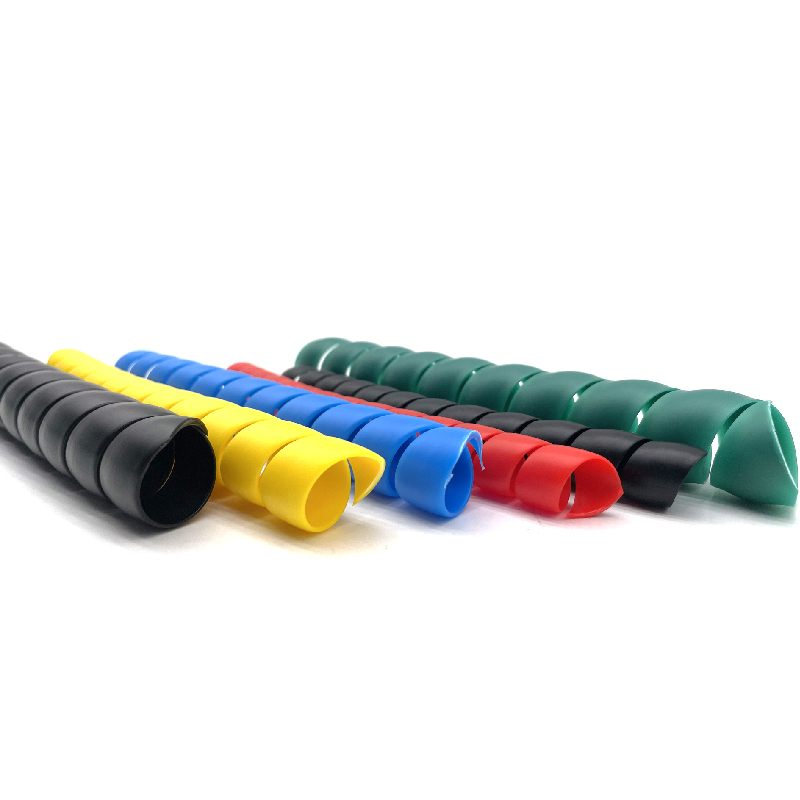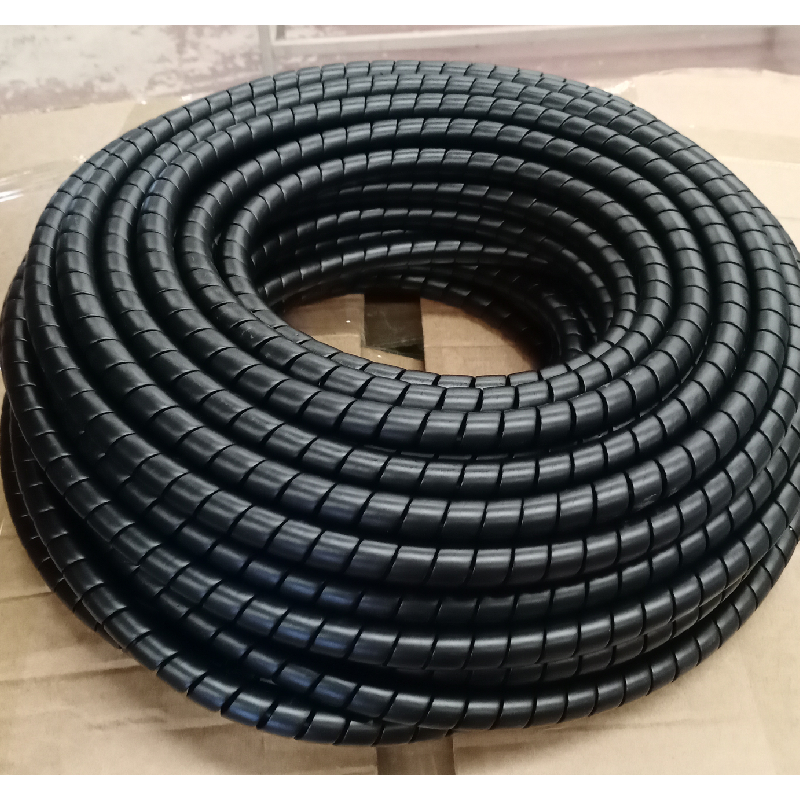Need Spiral Guard Hose Protection—Durable, Easy Install?
Spiral Protection: the unsung body armor for hydraulic hoses
If you’re speccing spiral guard hose protection for a mixed fleet or a single gnarly excavator, here’s the gist from the shop floor. The product—simply named “Spiral Protection”—comes from Ningjin County, Hebei Province, where a lot of serious hose hardware is born. It looks modest, but in daily abuse—rocks, rebar, forklift tines—it’s what saves hoses, prevents downtime, and, frankly, keeps operators sane.

What’s trending (and why it matters)
Two quick trends: fleets are extending hose replacement intervals (cost pressure, obviously), and OEMs are routing lines tighter than ever to shrink machine profiles. Both push buyers toward spiral guard hose protection with better abrasion performance, UV stability, and tighter bend-friendly geometry. Surprisingly, color coding—red, yellow, blue, black—is also in demand for maintenance visibility and safety tagging.
Product snapshot and specs
| Name | Spiral Protection (hydraulic hose protection sleeve) |
| Material | Modified PP (UV-stabilized, impact-modified) |
| ID Range | ≈ 10–110 mm (custom cuts available) |
| Wall / Pitch | Wall ≈ 1.5–3.0 mm; Pitch ≈ 15–25 mm (size-dependent) |
| Temperature | -40 to +90°C continuous; +120°C intermittent (real-world may vary) |
| Colors | Red / Yellow / Blue / Black |
| Compliance | ISO 9001 manufacturing; RoHS & REACH compliant |
| Packing | Sealed bag or carton |

How it’s made and tested (short version)
Process flow: modified PP compounding → extrusion and spiral-forming → controlled cooling → length cutting → 100% visual check → lot testing → packing (sealed bag or carton). Methods and standards include abrasion per ISO 4649, tensile per ASTM D638, hardness per ISO 868, UV aging ISO 4892-2, salt spray ASTM B117 (for clamp interfaces), and fit checks on hoses that meet SAE J517 / ISO 18752 envelopes.
Typical test data (representative): abrasion loss ≈ 150 mm³ (ISO 4649), tensile strength ≈ 26 MPa (ASTM D638), Shore D ≈ 68 (ISO 868), UV ΔE

Where it works best (and why)
- Construction & mining: protects bundles from rock abrasion and pinch points.
- Agriculture & forestry: resists brush and UV; easy field install (no tools).
- Manufacturing: color-coded lines for quick troubleshooting and safety.
- Marine & wind: corrosion-proof sleeve; tidy routing where space is tight.
Many customers say spiral guard hose protection pays for itself after just one avoided hose failure. I tend to agree; downtime is the real line item.
Vendor snapshot (quick compare)
| Vendor | Material | Temp Rating | Lead Time | Customization | Price Index |
|---|---|---|---|---|---|
| QRT (Ningjin, Hebei) | Modified PP (UV/impact) | -40 to +90°C | ≈ 7–12 days | ID, color, cut length, logo | $ (value) |
| Vendor X (EU import) | PP / PA blends | -40 to +105°C | ≈ 3–5 weeks | Color + special sizes | $$$ |
| Vendor Y (generic) | Standard PP | -20 to +80°C | ≈ 10–20 days | Limited | $ |

Customization and real-world notes
Custom diameters, tighter pitch for high-flex zones, laser-marked part IDs, and mixed-color kits are available. Install tip: start at the fitting and “zip” the spiral along the bundle—no heat, no tools. For heavy abrasion, layer two spirals; for heat near manifolds, pair spiral guard hose protection with a heat sleeve on the hottest section.
Quick case files
- Wheel loader (quarry, Alberta): hose life improved from 9 to 22 months; fewer clamp rub failures.
- Injection molding plant: color-coded spirals cut troubleshooting time ≈ 30% during changeovers.
- Forestry harvester: double-layer spiral survived a full season of brush strikes without split.

To be honest, the economics are straightforward: a few meters of spiral guard hose protection versus an hour of downtime—no contest.
Authoritative references
- ISO 4649: Rubber and plastics—Determination of abrasion resistance.
- ASTM D638: Standard Test Method for Tensile Properties of Plastics.
- ISO 4892-2: Plastics—Methods of exposure to laboratory light sources.
- SAE J517 / ISO 18752: Hydraulic hose performance envelopes (fit and routing considerations).
- RoHS Directive 2011/65/EU and amendments.
- REACH Regulation (EC) No 1907/2006.
-
Quick Release Ball Joint – Tool-Free, Durable, Leak-TightNewsNov.13,2025
-
Spiral Guard Hose Protection — Durable, UV-Resistant WrapNewsNov.13,2025
-
SAE J1401 Brake Hose Specifications: Durable, Low ExpansionNewsNov.13,2025
-
SAE J1401 Brake Hose Specifications | DOT-Approved, DurableNewsNov.13,2025
-
Spiral Guard Hose Protection - Abrasion-Resistant, UV-StableNewsNov.10,2025
-
SAE J1401 Brake Hose Specifications | DOT-Certified, DurableNewsNov.10,2025

